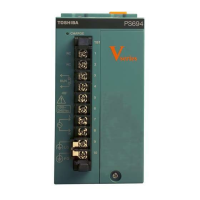
Do you have a question about the Toshiba 2000 and is the answer not in the manual?
| CPU | Intel Pentium III |
|---|---|
| Display | TFT LCD |
| Battery Life | 2-3 hours |
| RAM | 64 MB |
| Hard Drive | 6 GB |
| Screen Size | 12.1 inch |
| Resolution | 800 x 600 |
| Operating System | Windows 98/2000 |
| Ports | USB, VGA, Ethernet |
Guides on initial computer setup, including power and peripherals.
Details how to connect essential peripherals like mice, printers, and modems.
Explains how to connect the computer to AC power and charge the battery.
Guides through the initial software setup process using the Setup Wizard.
Explains the different keys and keyboard layouts on the computer.
Explains how to back up and restore data using the Backup or Restore Wizard.
Explains how the computer operates using its rechargeable battery.
Provides critical safety guidelines for handling and charging batteries.
Details the process for charging the main and RTC batteries.
Explains how to check the battery's charge status and remaining power.
Guides on configuring power saving modes via the TOSHIBA Power Saver utility.
Provides step-by-step instructions for replacing the computer's main battery.
Explains the types and usage of PC Cards for expanding computer capabilities.
Guides on the proper procedure for installing and removing PC Cards.
Guides on configuring the computer for internet and modem communication.
Explains different options for shutting down or putting the computer into low-power modes.
Details the procedures for powering off the computer normally.
Describes the hibernation feature for saving system state and powering off.
Explains the standby feature for low-power mode operation.
Guides on enabling and using the hibernation feature.
Details the steps to enter hibernation mode.
Explains how to activate and use the standby power-saving mode.
Explains how to assign keys to launch programs or documents using Fn-esse.
Details how to control computer power usage through the TOSHIBA Console.
Explains the settings for power usage modes in the Power Saver utility.
Covers creating and customizing power usage modes for AC and battery power.
Guides on using the Toshiba Hardware Setup tool for system configuration.
Provides solutions for common computer issues like program freezes.
Details how to close unresponsive programs without shutting down the system.
Addresses issues that occur when starting up the computer.
Guides on troubleshooting problems with the Windows® operating system.
Addresses common issues related to slow internet connections and browser errors.
Guides on troubleshooting and resolving hardware conflicts within the system.
Details how to use Device Manager to check and change device configurations.
Addresses errors potentially caused by memory modules or incorrect connections.
Covers common problems related to AC adapters, power cables, and batteries.
Addresses issues related to keyboard input and unexpected character output.
Provides solutions for common display issues like blank screens or incorrect appearance.
Covers issues with accessing disk drives, file errors, and slow performance.
Details common issues encountered when using PC Cards, including installation and recognition.
Provides solutions for common printer issues like not printing or incorrect output.
Addresses common issues related to modem functionality and data transmission.
Guides on seeking additional technical support from Toshiba or other sources.
Provides information on how to contact Toshiba for technical support.
Lists information needed and contact numbers for Toshiba technical support.
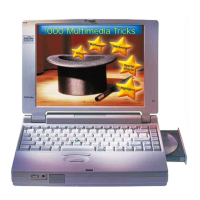



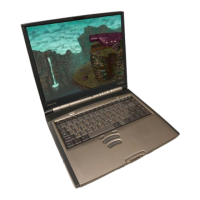

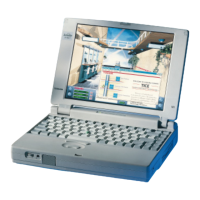
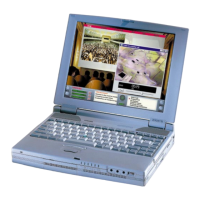

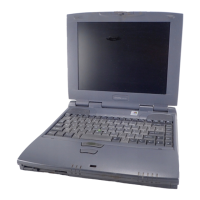


